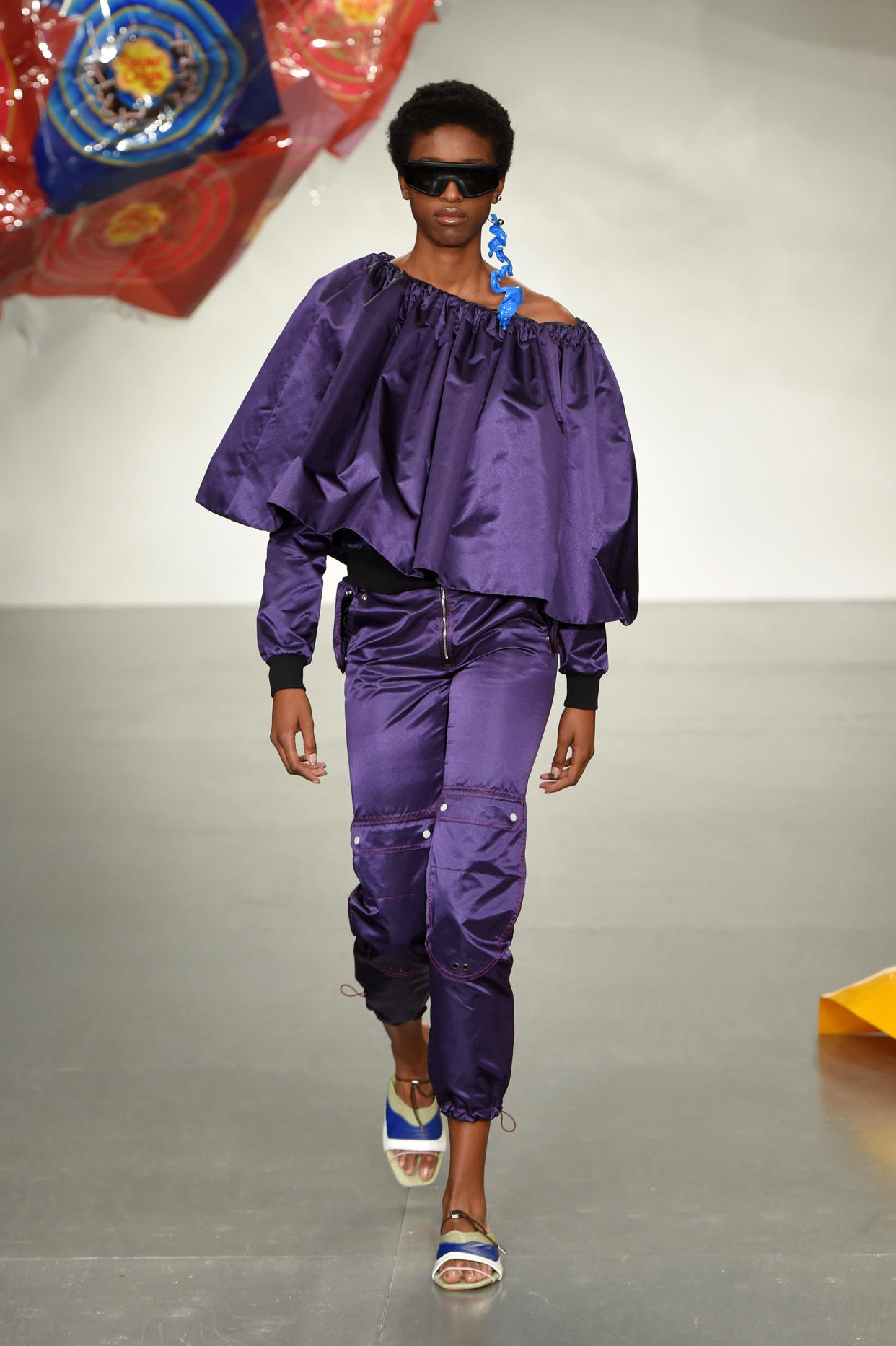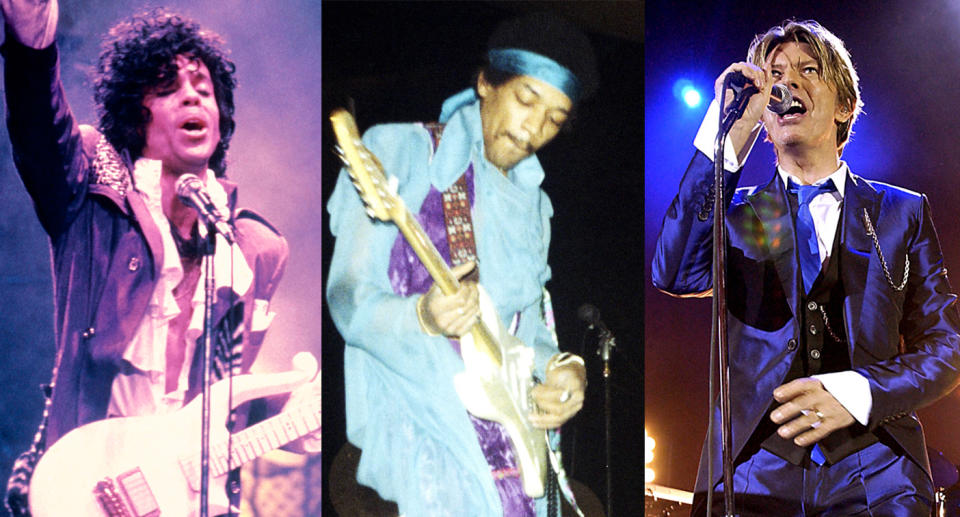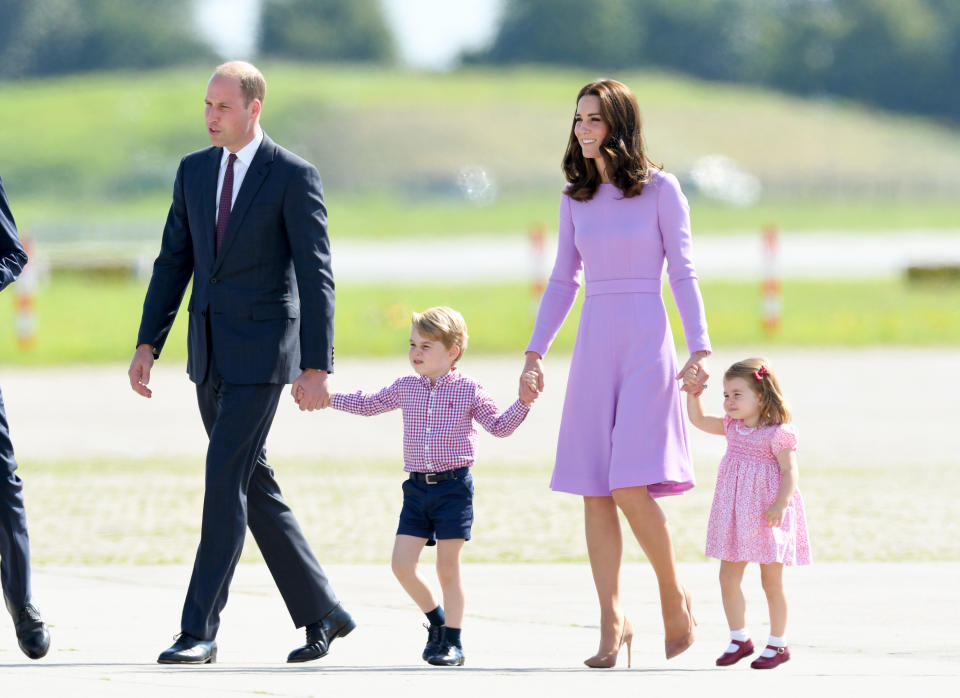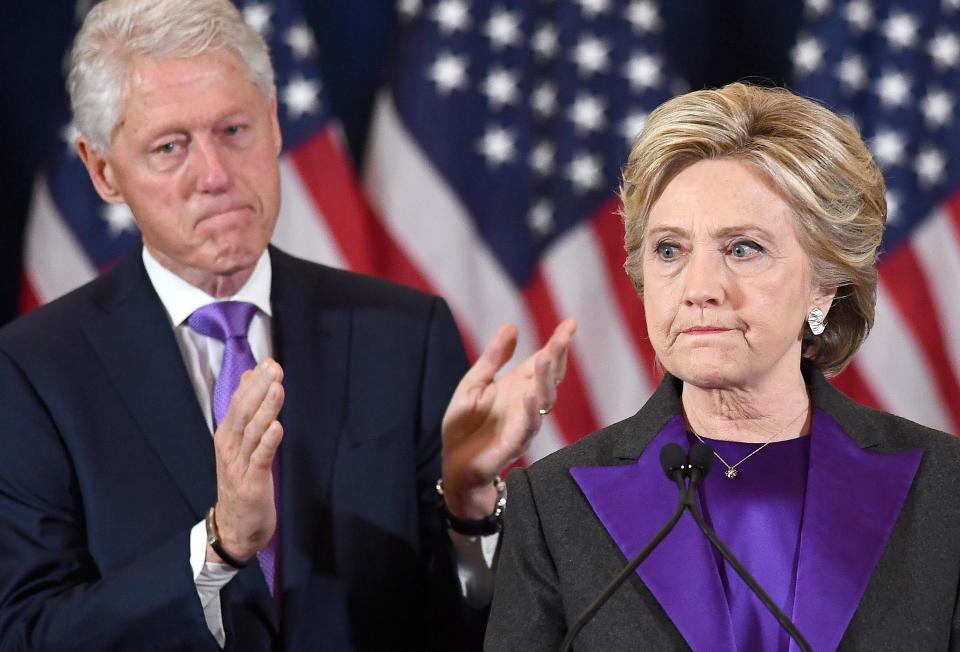The hidden meaning behind the color purple

Everything is coming up Ultra Violet! So says Pantone, the color trend forecasting company, which declared the blue-purple hue ‘Color of the Year‘ for 2018.
The company announced its winner Thursday in a press release that deemed the shade “dramatically provocative” and “thoughtful.”
Leatrice Eiseman, Executive Director of the Pantone Color Institute, said, “We are living in a time that requires inventiveness and imagination. It is this kind of creative inspiration that is indigenous to PANTONE 18-3838 Ultra Violet, a blue-based purple that takes our awareness and potential to a higher level. From exploring new technologies and the greater galaxy, to artistic expression and spiritual reflection, intuitive Ultra Violet lights the way to what is yet to come.”
Past winners have included “Greenery,” a yellow-green blend, “Serenity and Rose Quartz,” a creamy pink-and-lavender, and Marsala, an “earthy wine red.” According to the New York Times, the laborious selection process involves sending 10 people on a global trek to unearth “color signals” in various industries such as food, auto, and clothing.

Ultra Violet is purple’s sassy sister — the brand says the color is mystical, spiritual, and was revolutionized by musicians Prince, Jimi Hendrix, and David Bowie. And ever-present in fashion and beauty trends such as ombre hair and so-called “It” superfoods like acai.
However, purple isn’t just a cultural whim — the color dates back to around 600 – 530 BC when the Persian king Cyrus ruled the Near East and wore a purple tunic, according to History, and Roman Emperors banned citizens from wearing the color, imposing a death penalty on law-breakers.
Do you see Lavender or Purple? . . . . . . #playingwithpurple #modernsalon
A post shared by Chita American Beauty Star (@chitabeseau) on Oct 18, 2017 at 6:53am PDT
The website also reports that the color (then called “Tyrian” purple) was created by cracking the shell of snails and exposing their mucus to sunlight until it turned bright purple. Since producers had to crack 250,000 snails for just one ounce of dye, it wasn’t exactly accessible.
It was only until 1856 when a teenage chemistry student in Britain named William Henry Perkin accidentally discovered synthetic purple, per the Guardian, that it went mainstream in the market.
The color remains a favorite among the royal family — Queen Elizabeth, Prince William, and Kate Middleton have all been spotted sporting the hue.

In American politics, the color denotes bipartisan unity, due to the shade produced by mixing red (the color of the Republican party) and blue (of Democrats). In November 2016, after Hillary Clinton lost the presidential election, she gave an emotional concession speech wearing a bold purple blouse to match husband Bill Clinton’s tie.

The color is also referred to as “suffragette purple,” since it’s included on the flag of the National Women’s Party, along with white and gold. The party was instrumental in the passing of the 19th Amendment which granted women the right to vote.
“Purple is not a timeless color so it’s not a go-to for everyone,” Cris Pearlstein, stylist, and founder of How Do You Fashion, tells Yahoo Lifestyle.
To experiment, start small. “Bring it to your face with accessories like scarves, earrings, or knit hats to gauge how they look against your eye, hair, and skin color,” she says. Otherwise, if you’re still not sure, try it on your shoes, handbag, wallet, or even phone case.
“Fashion is now so accessible,” says Pearlstein, “that if you’re remotely interested in purple, there’s no reason to not jump on the trend.”
Read more from Yahoo Lifestyle:
Follow us on Instagram, Facebook, and Twitter for nonstop inspiration delivered fresh to your feed, every day.
